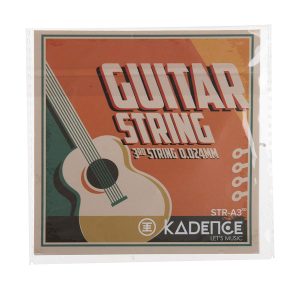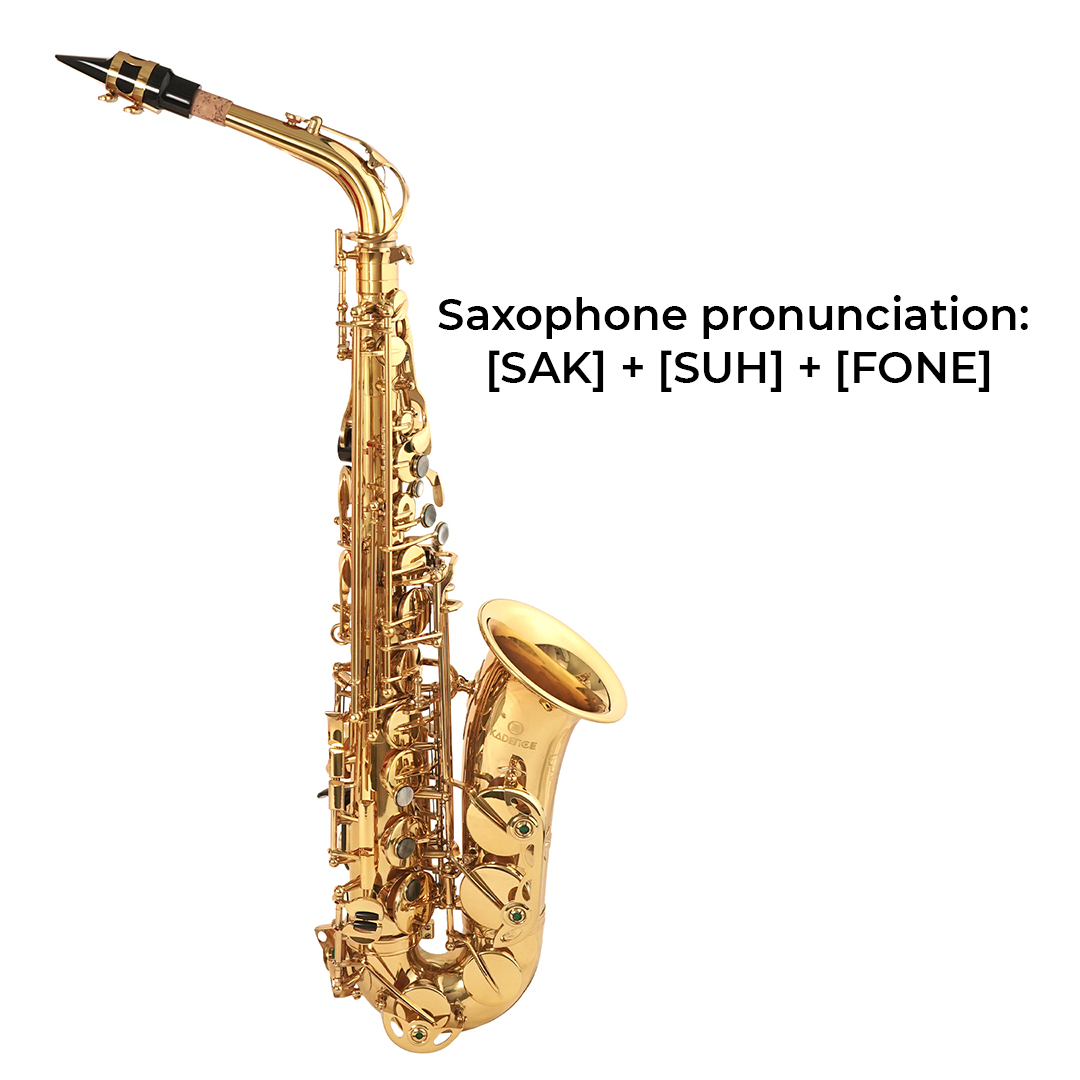Oh, the violin! This enchanting instrument has been captivating audiences for centuries, and its journey is as intricate and fascinating as its beautiful sound.
From its modest origins in Italy to its global prominence, the violin has an extraordinary tale to tell.
But that’s not all – this versatile instrument has many talents. It has been associated with cognitive improvement and is even believed to have played a role in the brilliance of physicist Albert Einstein. Despite its small size, the violin wears many hats.
In this article, we aim to provide you with all the essential information about the violin, including its history, variations, pricing, and pronunciation.
So, let’s delve into the world of the violin.
What exactly is a violin?
First and foremost, let’s take a look at what violins actually look like:
KADENCE V001BL-C 4/4 Classical (Modern) Violin Price in India – Buy KADENCE V001BL-C 4/4 Classical (Modern) Violin online at Flipkart.com
You may have noticed that these violins are more visually striking than the usual ones you come across. Well, that’s because they are crafted by the esteemed brand Kadence.

Returning to the topic of violins, this musical instrument belongs to the string family and is renowned for its distinct sound. It is utilized across various music genres, such as classical, folk, and jazz.
Violins have the remarkable ability to produce a wide spectrum of tones, ranging from delicate whispers to powerful and dramatic sounds.
There are two primary categories of violins: acoustic and electric. Acoustic violins are the traditional wooden instruments that have been played for centuries. They are crafted from different types of wood, such as spruce, maple, and ebony.
Acoustic violins possess a warm and rich sound that is characteristic of them. They find their place in genres like classical, folk, and bluegrass music.
Here is what an acoustic violin from the brand Kadence looks like:
On the other hand, electric violins are a more recent addition to the instrument family. They utilize electronic pickups to amplify their sound.
Various materials such as wood, carbon fiber, and plastic are utilized to create these violins. They find their place in an array of music genres, including rock, jazz, and other amplified styles.

Types of Violins
There are two main types of violins: acoustic violins and electric violins.
Acoustic Violins
Acoustic violins are the traditional, wooden instruments that have been played for centuries. They are made of different types of wood, including spruce, maple, and ebony.
These violins have a distinctive sound that is warm and rich, and they are used in many genres of music, including classical, folk, and bluegrass.
This is what an acoustic violin from Kadence looks like:
Electric Violins
Electric violins are a newer type of instrument that use electronic pickups to amplify their sound.
They are made of different materials, including wood, carbon fibre, and plastic. These violins are used in many genres of music, including rock, jazz, and other amplified styles.
Here’s what to expect when you order an electric violin from Kadence:
Who Invented the Violin?
The modern violin is believed to have originated in Italy in the early 16th century.
The inventor of the violin is usually credited to Andrea Amati, who was a lute maker in Cremona, Italy. Amati made several violins in the mid-1500s, and his designs are still used by violin makers today.
How Many Strings Does a Violin Have?
The violin has four strings, typically made of steel, synthetic core, or gut.
The strings are tuned to G, D, A, and E, and the player can adjust the pitch by tightening or loosening the strings with the pegs located at the top of the instrument just like the ones you would find on a guitar or a ukulele.
The strings on the violin are usually played with a bow, which is made of horsehair.
Violin Pronunciation
The correct pronunciation of “violin” is “vye-uh-lin”
Violin Price
Violin prices vary widely depending on several factors, including the quality of the materials, craftsmanship, and the reputation of the brand selling it.
The price tag of the violin might also be affected by its type; some acoustic violins that usually require a higher level of craftsmanship to produce can cost more than their electric counterparts.
And the opposite is also true, as seen in the lower and mid-segment price range where the electric violins tend to cost higher than the acoustic violins of matching quality and make.
Violins in India usually cost anywhere between 3,500 rupees to 20,000 rupees. Where the price range for acoustic violins is: 3,500 – 10,000 rupees; while the price of good quality electric violins starts from 10,000 rupees and goes up to about 17,000 rupees.
What is a violin player called?
Violin players are commonly referred to as “violinists”.
Now if the word is giving you a headache, here is a breakdown of how you pronounce violinist: “vai-uh-lin-uhst”
The Anatomy of a Violin
The violin is made up of several parts, including the body, fingerboard, bridge, sound post, and f-holes. The bow is an essential part of the violin and is used to create sound by drawing across the strings.
How to play the Violin?
Playing the violin requires proper posture, grip, and bowing techniques.
Beginner players should start with simple exercises to develop finger strength and bow control. Violin accessories like rosin and shoulder rests can help improve playing comfort and technique.
We hope we have answered all your questions regarding the violin. We wish you the best in your journey into the fascinating world of violins. If you have any further questions, feel free to reach out to us in the comment section below.






